Portfolio Theory and Bonds: Solved Questions and Formulas
VerifiedAdded on 2023/05/31
|5
|913
|208
AI Summary
This text provides solved questions and formulas related to portfolio theory and bonds. It covers topics such as expected returns, standard deviation, bond pricing, yield to maturity, and more. The study material is suitable for finance students and includes subject matter such as course codes, course names, and universities.
Contribute Materials
Your contribution can guide someone’s learning journey. Share your
documents today.
1 out of 5
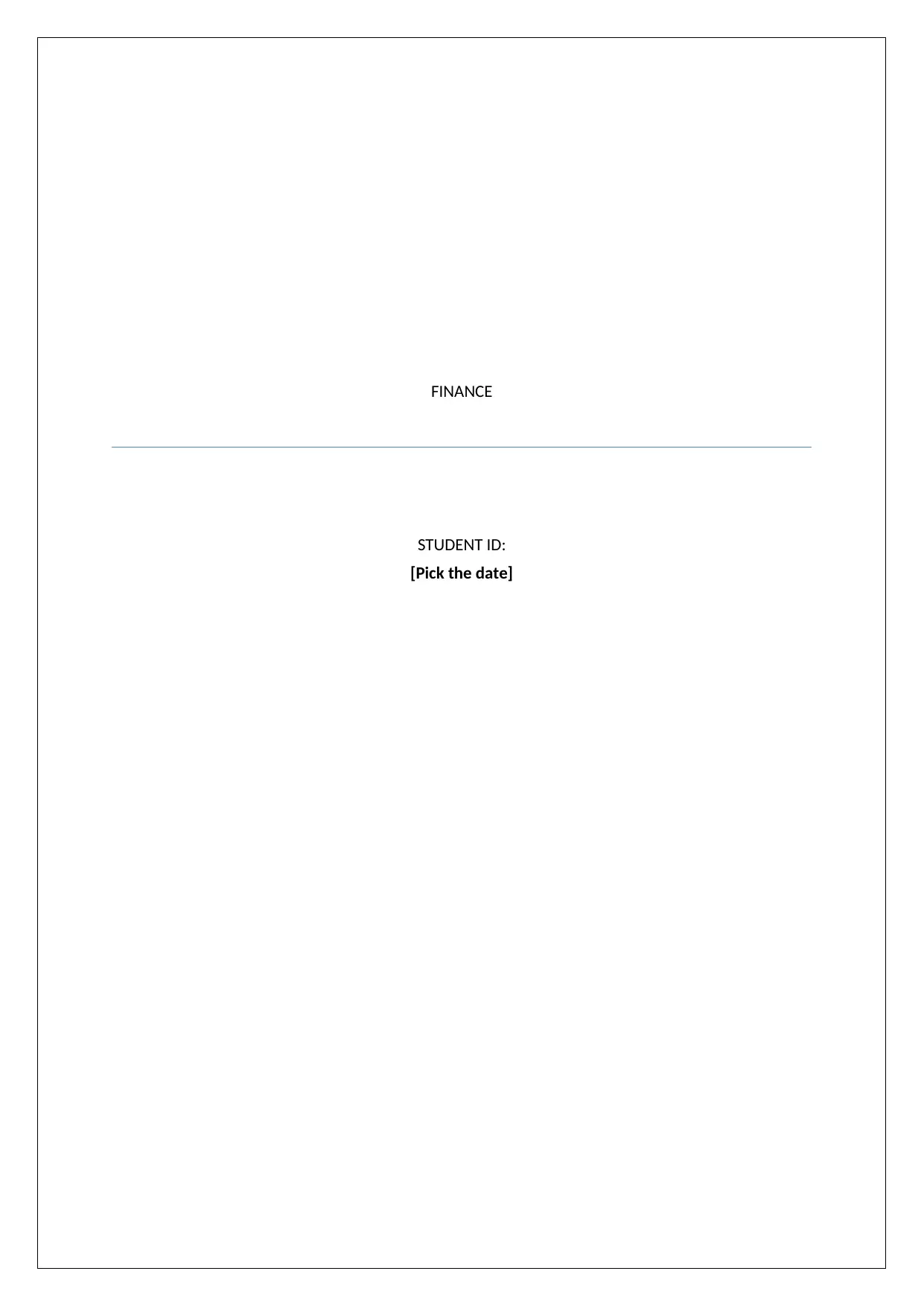
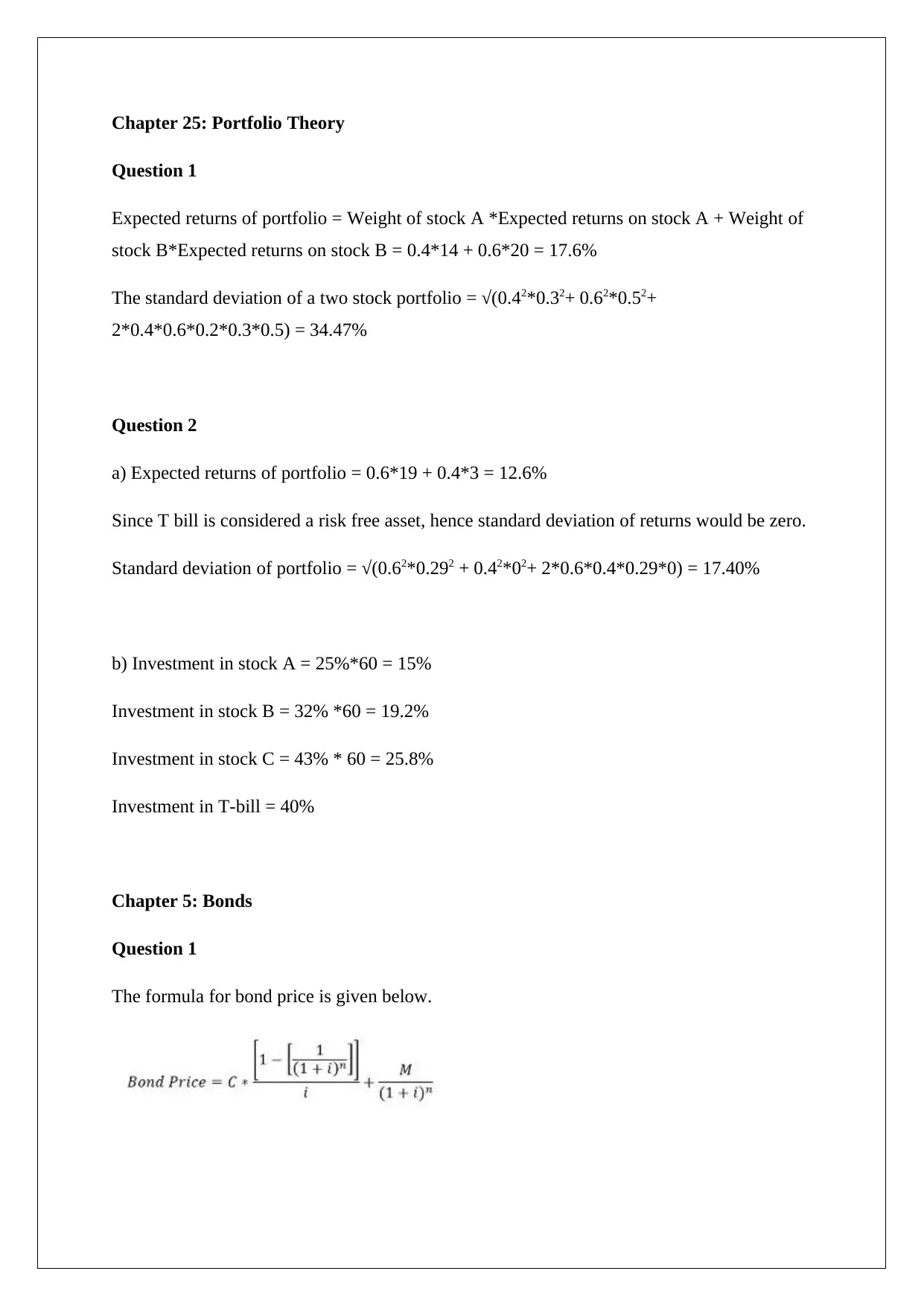
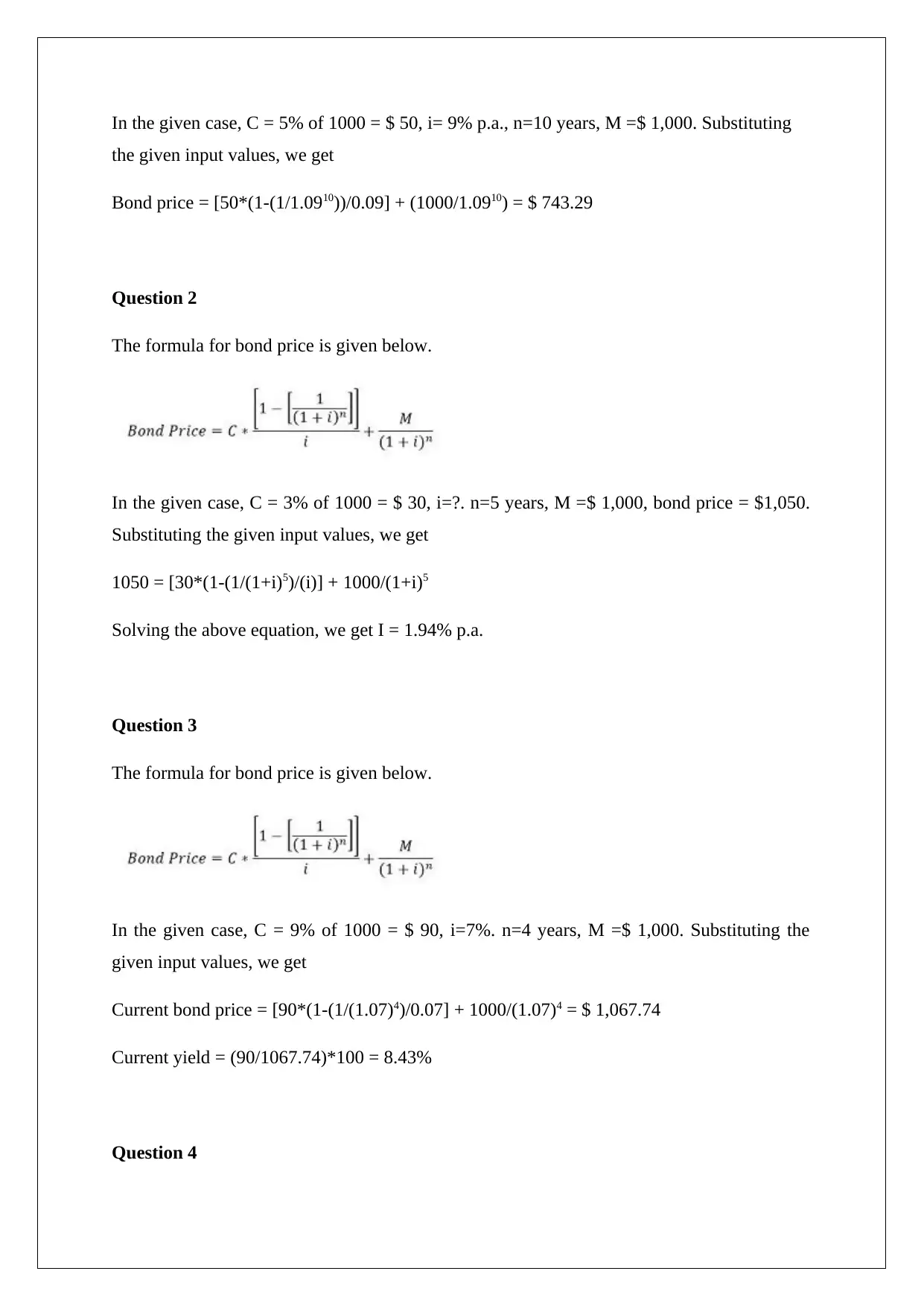
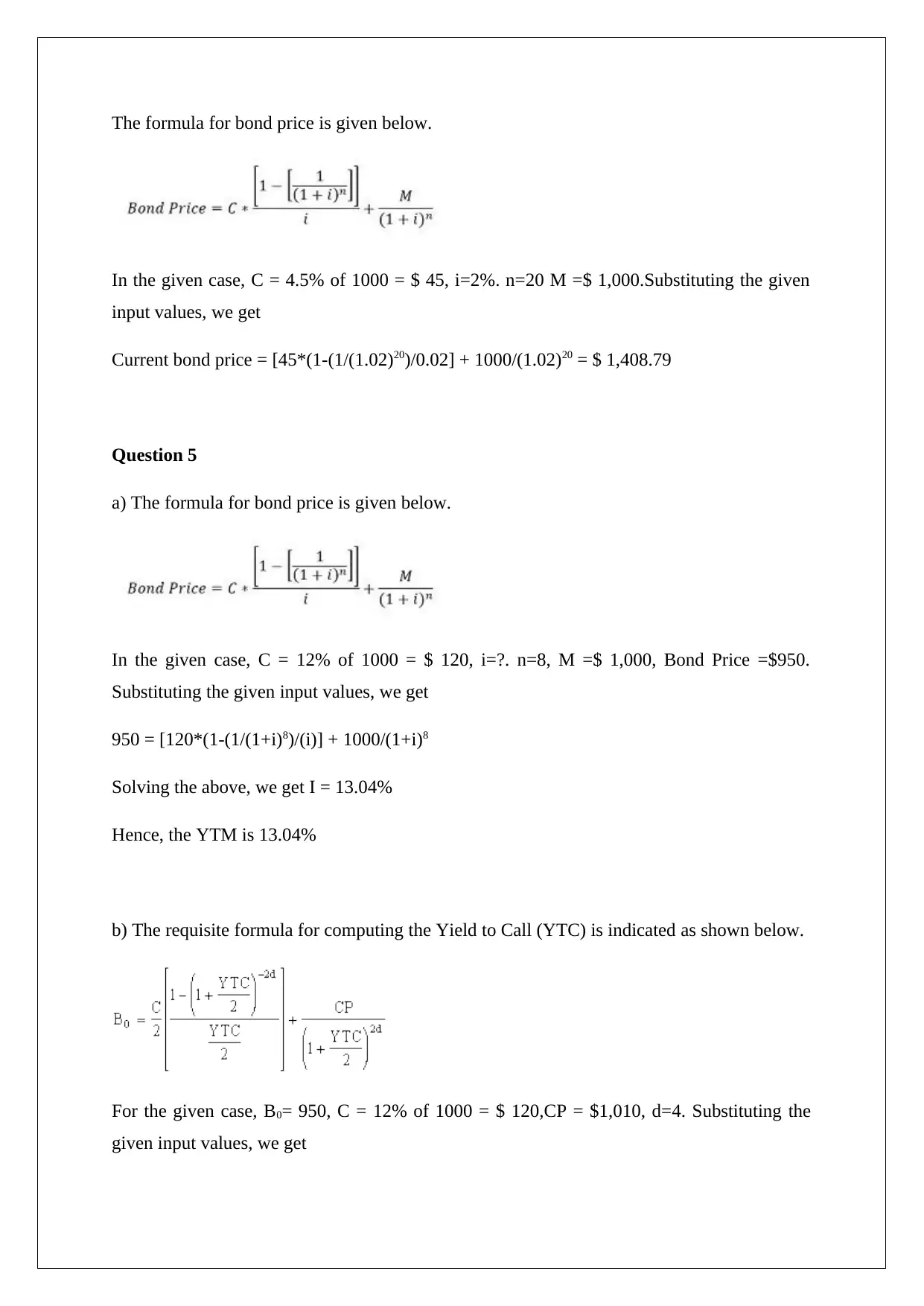
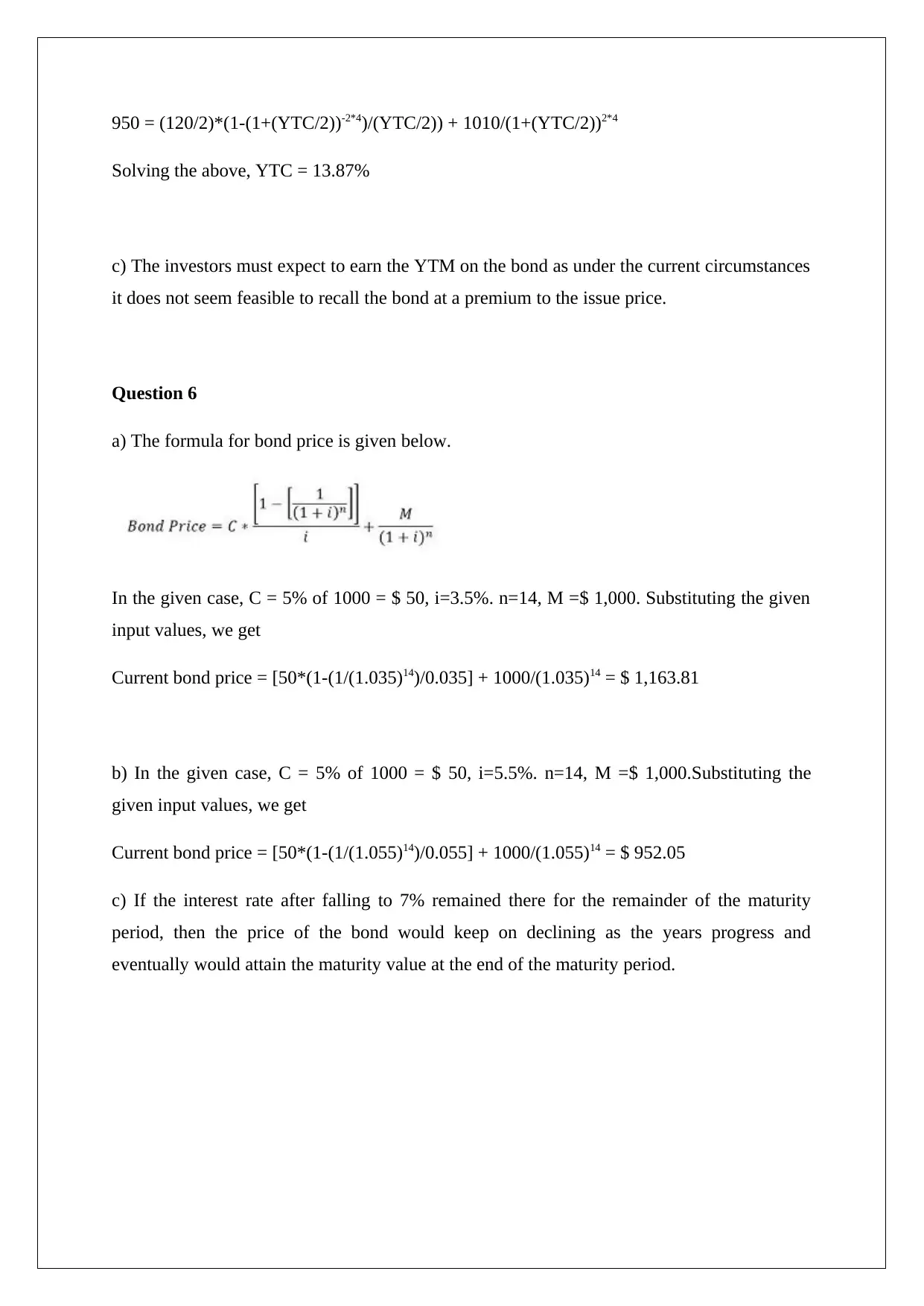





![[object Object]](/_next/static/media/star-bottom.7253800d.svg)